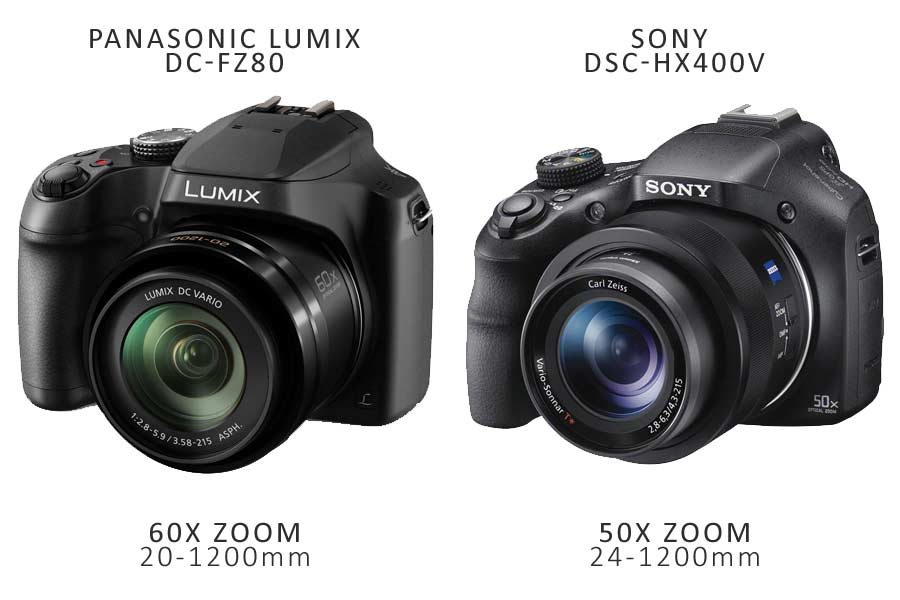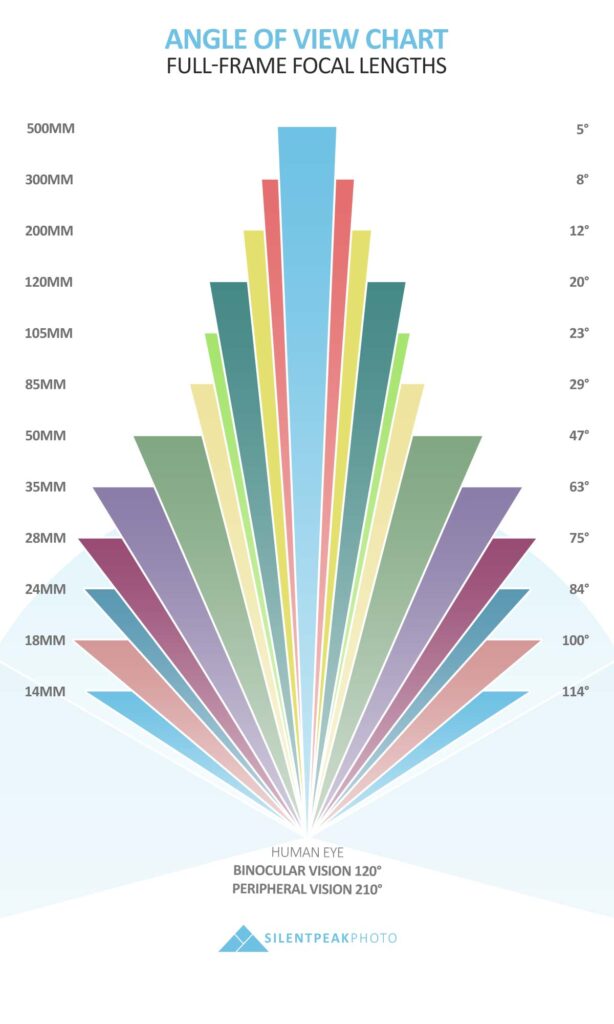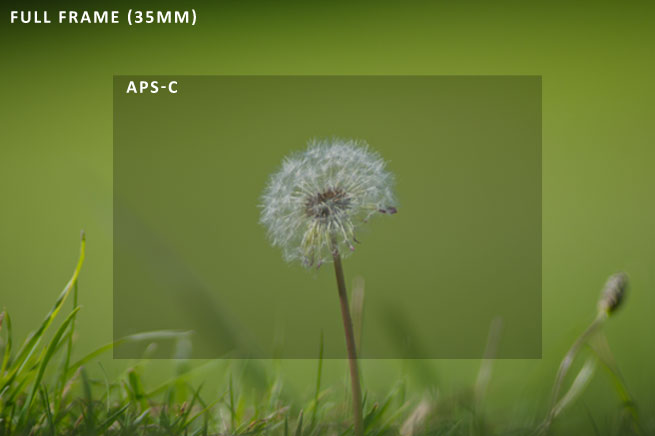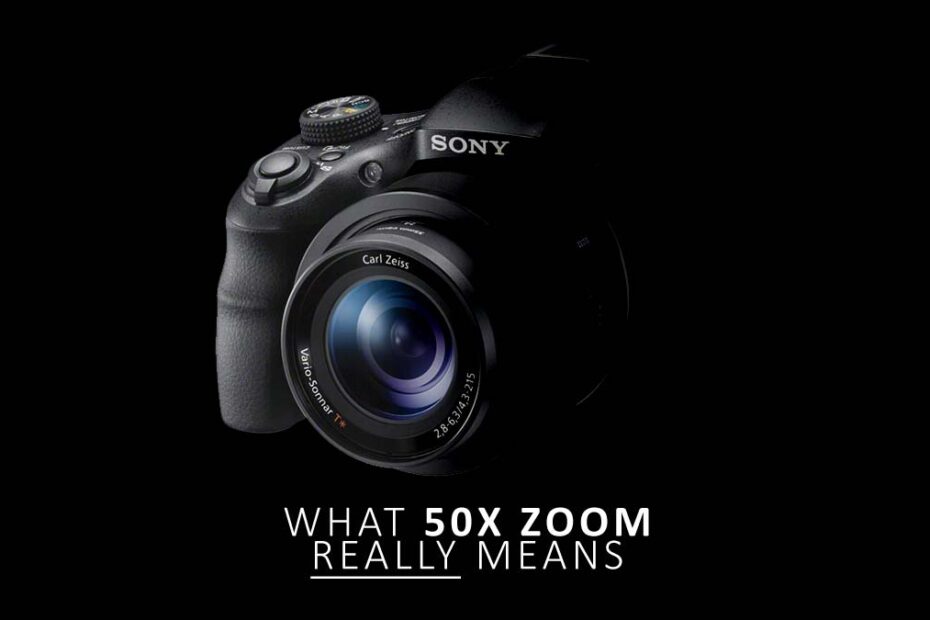Despite common belief, the term 50x zoom is not a measure of magnification. Instead, it is the lens’ longest focal length divided by its shortest. For example, a lens that can zoom between 24 and 1200mm is a 50x zoom since 1200 divided by 24 equals 50.
This can be very misleading, particularly if you are comparing one camera with another. For instance, you might assume a lens with a 10x zoom offers more magnification than a 3x zoom. But, as you will see in the example below, this is not always the case. Jump to Conclusion
Table of Contents
50x Zoom vs 60x Zoom
The Panasonic Lumix DC-FZ80 is a 60x zoom with a focal length ranging from 20 to 1200mm, whilst the Sony Cyber-shot DSC-HX400V is a 50x zoom with a focal length ranges between 24-1200mm. In other words, both cameras have the same 1200mm reach despite the 50x and 60x ratings. Read beginners guide to focal length

However, Sony’s camera is only a 50x zoom because its lens begins at 24mm, and 1200 divided by 24 equals a 50x zoom. On the other hand, Panasonic scores a 60x zoom because its lens begins at 20mm. Thus, 1200 divided by 20 equals a 60x zoom.
Overall, with its 20mm wide-angle, the Panasonic lens is more versatile. But if you think the Panasonic is giving you an extra 10x magnification, it isn’t.
How to really determine magnification
Actual magnification is determined by two factors with the first being focal length. For example, a lens with a focal length of 300mm will get you much closer to your subject than a 50mm lens.

However, if you are also comparing different cameras, you also have to consider the camera’s sensor size. To illustrate, the photo below was shot at 300mm using two different cameras with different sized sensors. Read Camera Sensors for Beginners.

Despite a common focal length of 300mm, the large full-frame sensor captures a much wider image, whilst the photo taken with the APS-C sensor appears zoomed-in in comparison.
In reflection, it’s easy to see why manufacturers opted for a simple 10x zoom format. Even though it can be misleading, at least it’s easy to understand.
Conclusion
A 50x zoom does not mean 50x magnification. Nor does a 60x zoom give you 10x more magnification than a 50x zoom.
In fact, the NNx metric is not a measure of magnification, but a measure of the lens’s longest focal length divided by its shortest. So, if you happen to have a 24-120mm lens, dividing 120mm by 24mm reveals your lens to be a 5x zoom.
Yet, applying the same format to a 70-300mm lens reveals it to be a 4x zoom, despite the 70-300mm having significantly more reach than the 24-105mm 5x Zoom.
Therefore, when looking for the best magnification, you should consider focal length. On the same camera, a 300mm lens will provide more reach than a 200mm lens. In other words, the bigger the number, the more you will be able to zoom in.
But if you compare the focal lengths of two different cameras, it’s also important to consider sensor size since the smaller the sensor, the more reach your lens will have. For example, a 200mm lens gives you more reach on a camera with a small sensor than it will on a camera with a large sensor.
If you are getting serious about photography, I would urge you to read my guide to focal length before buying your camera. An overall understanding of focal length is useful since it will help you choose the best lens for your favorite kind of photography. You can also download a free photography guide when you subscribe to my newsletter.

